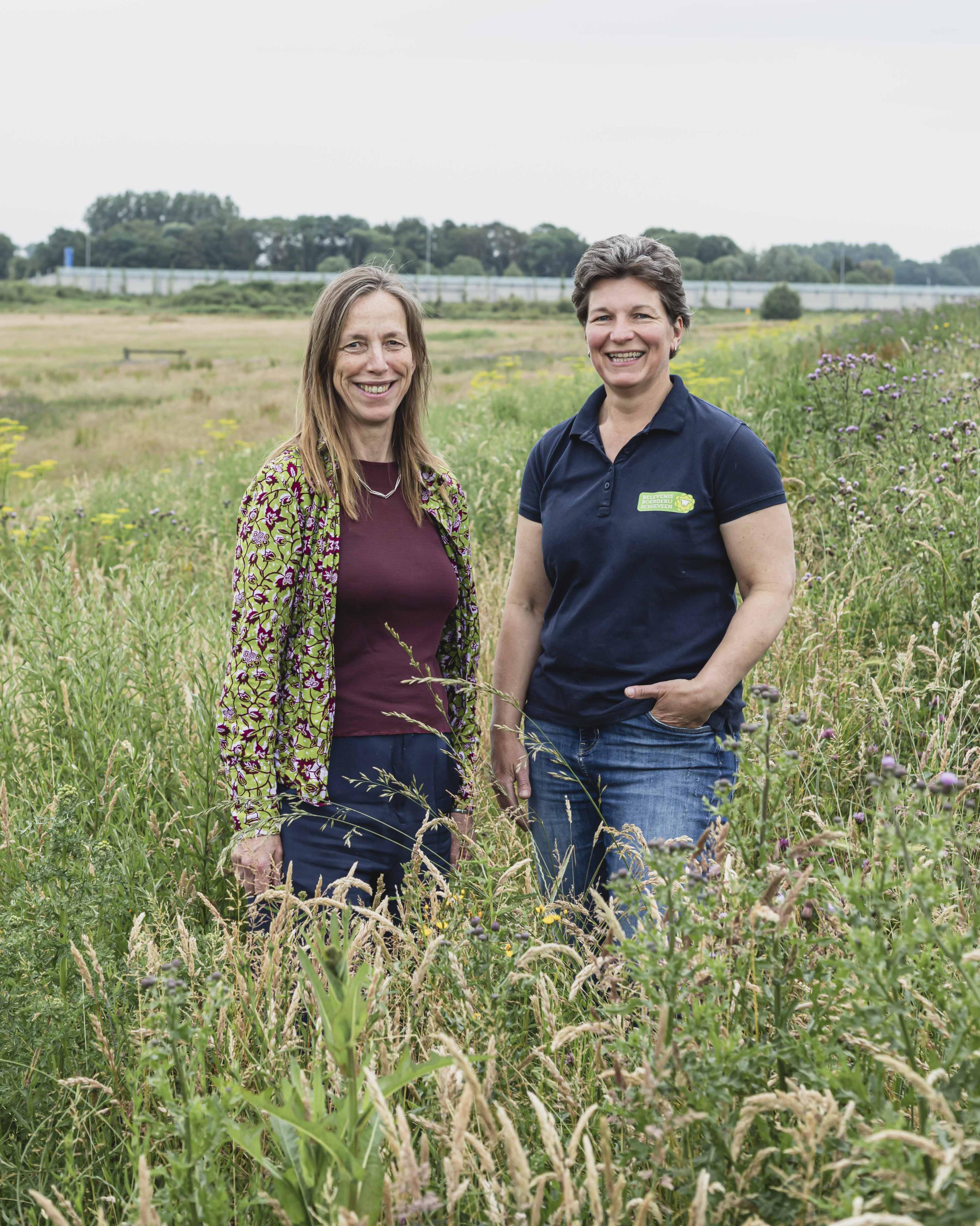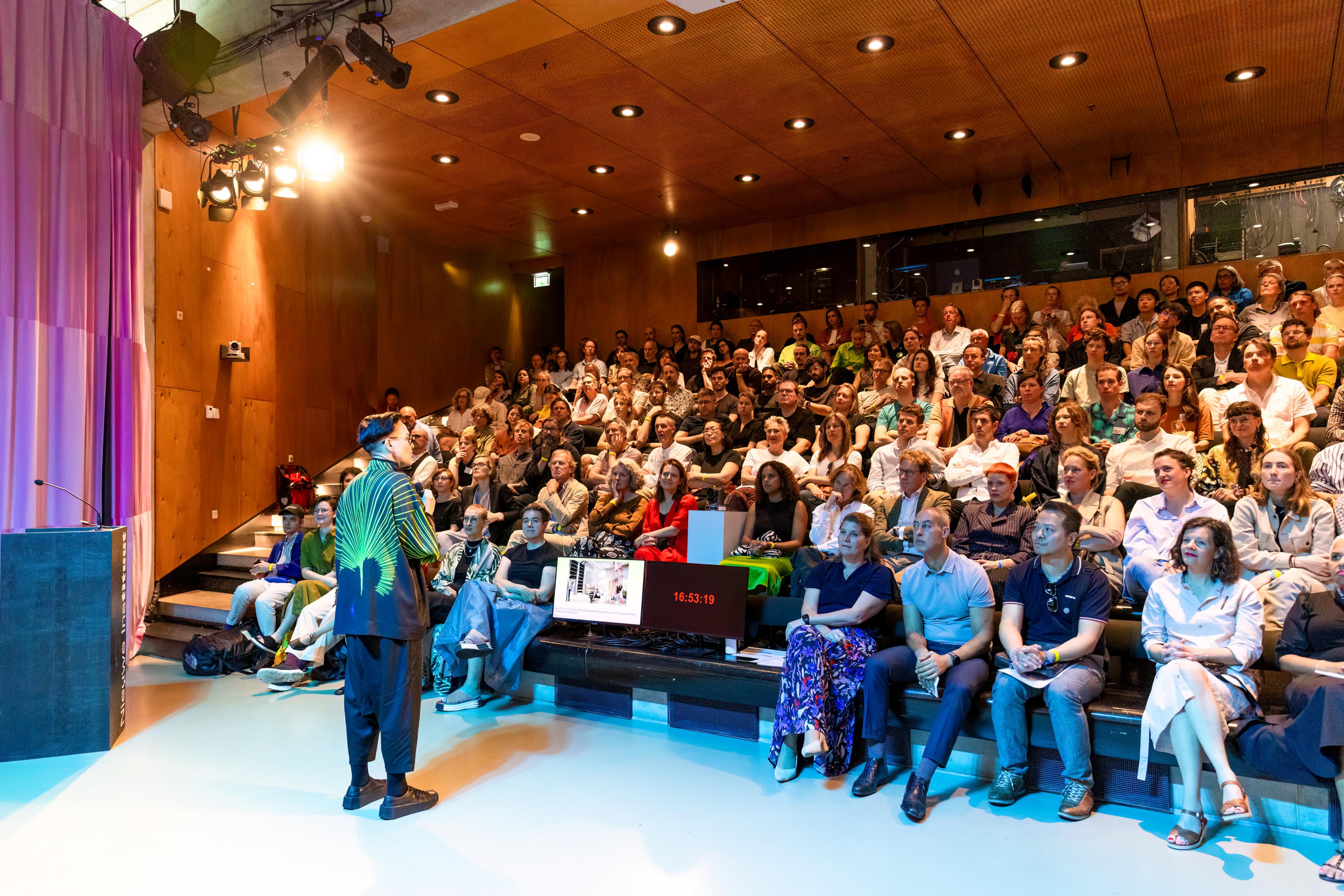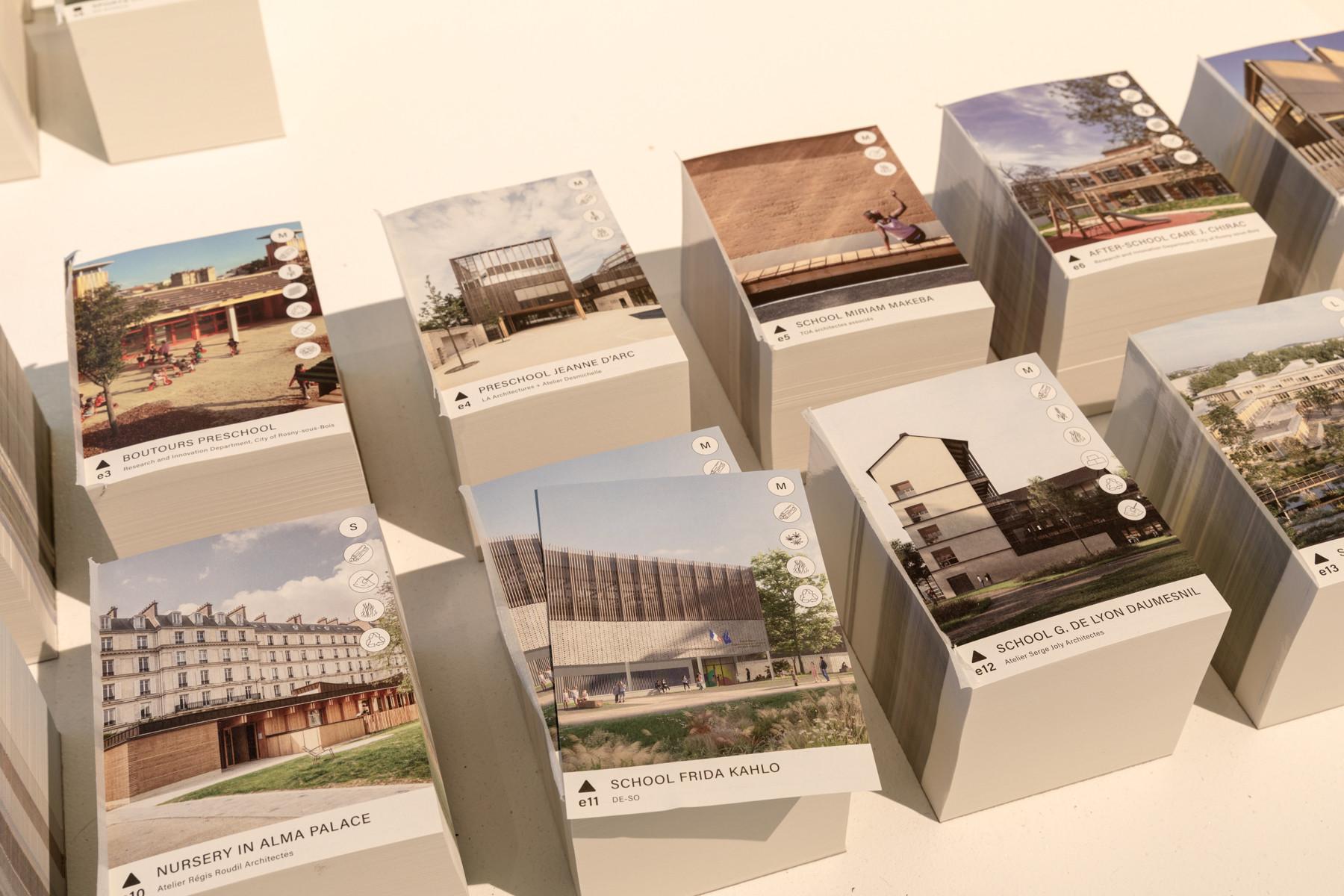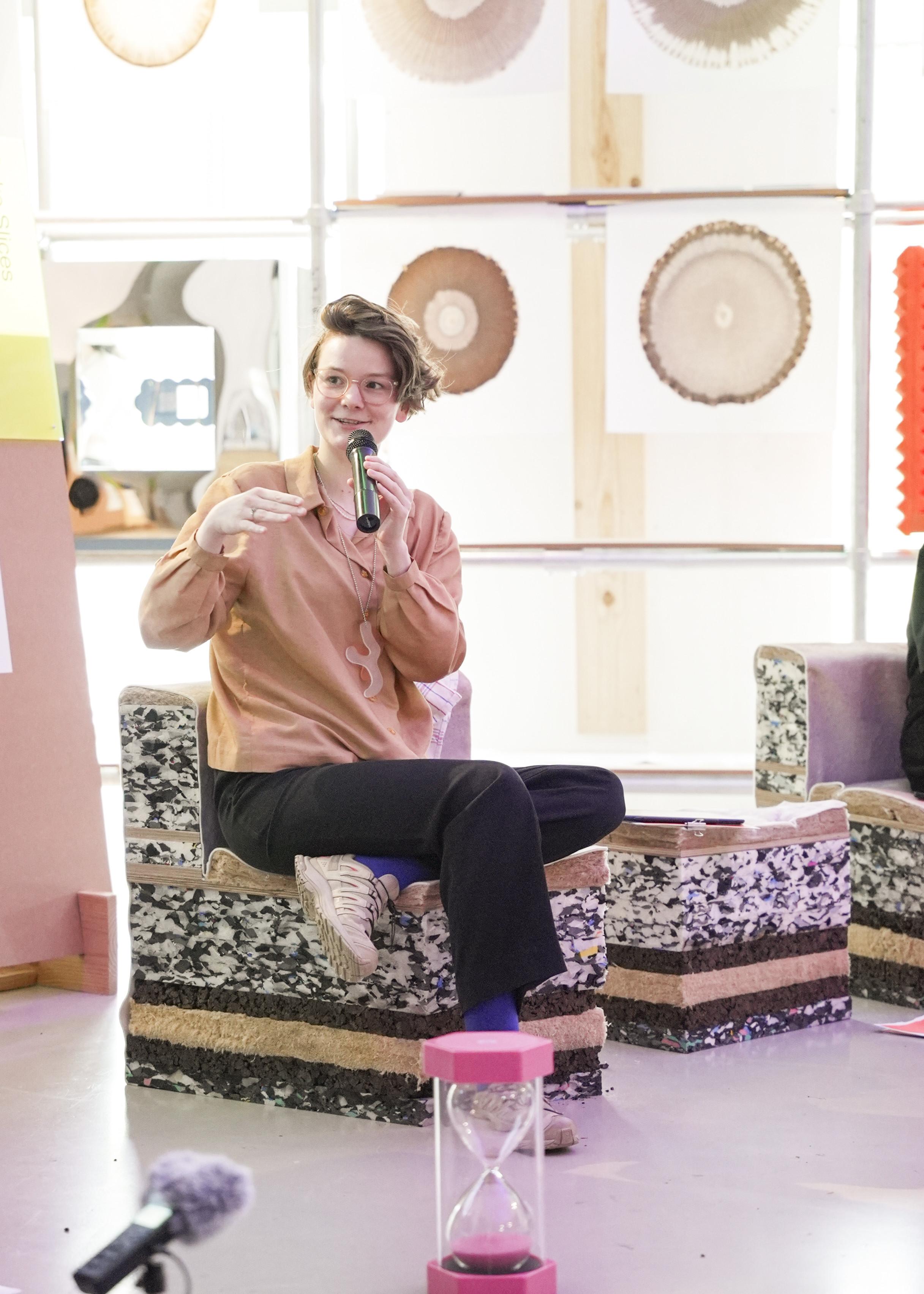Nature of Hope approaches architecture as an ecological practice. People are not separate from nature, but an integral part of it. But the binary thinking in which nature is everything that is not human or made by people has a long and dominant history. To introduce the exhibition, IABR therefore asked researchers, philosophers, historians and writers to reflect on how we look at nature. Every week we share one of the contributions, which can also be seen in the exhibition.
Mihnea Tanasescu argues for the importance of relearning to read our environment.
The UN declared this the decade of ecosystem restoration. It looks like we are finding a new path. But are we? What does it mean to restore, for what purpose? Most importantly – how?
As we are reshuffling the natural world, we grasp for technical solutions: burning the right kind of fuel, planting to sequester carbon, designing for resilience. But we are losing sight of the basis of ecological crises: a severed capacity to build meaningful relations with our surroundings. We have lost the ability to pay attention to the ecology around us and to understand its terms.
Perhaps, then, what needs to be restored is the capacity to read our environment, to notice what matters in specific places, who the important non-human actors are. Restore gentler, more attentive, bio-literate humans.
Reminders of previous ecological sensibility exist. Secular olive trees in Puglia, Italy, were crafted through generations of ecological knowledge, caring for and reciprocating the life of a plant that became a cherished family member. Olive time, spanning generations, commanded good relationships with the larger environment, too.
With the modernization of the olive ecosystem, a plantation logic developed, driven by ecological simplification through chemical inputs designed to extract maximum yield with minimum labor. This temporarily increased olive oil production, but also weakened trees and disconnected people from their traditions of care. Progress accelerated time, shrank futures, condemned life to a suspended present of loss.
What does it mean to restore an olive grove that took centuries to build, and a fraction of that time to undo? How can a secular giant be revived in a world without the patience of olive time?
The magnificent trees are disappearing, literally being burnt as disease – the bacterium Xylella fastidiosa – ravages their bodies. Restoration cannot mean remaking them as such. Instead, we must relearn the kinds of relationships that took centuries to develop, and that gave us olive trees, and olive people. Perhaps we can create, through many generations, something new that we have not yet imagined. Perhaps we can restore time.




